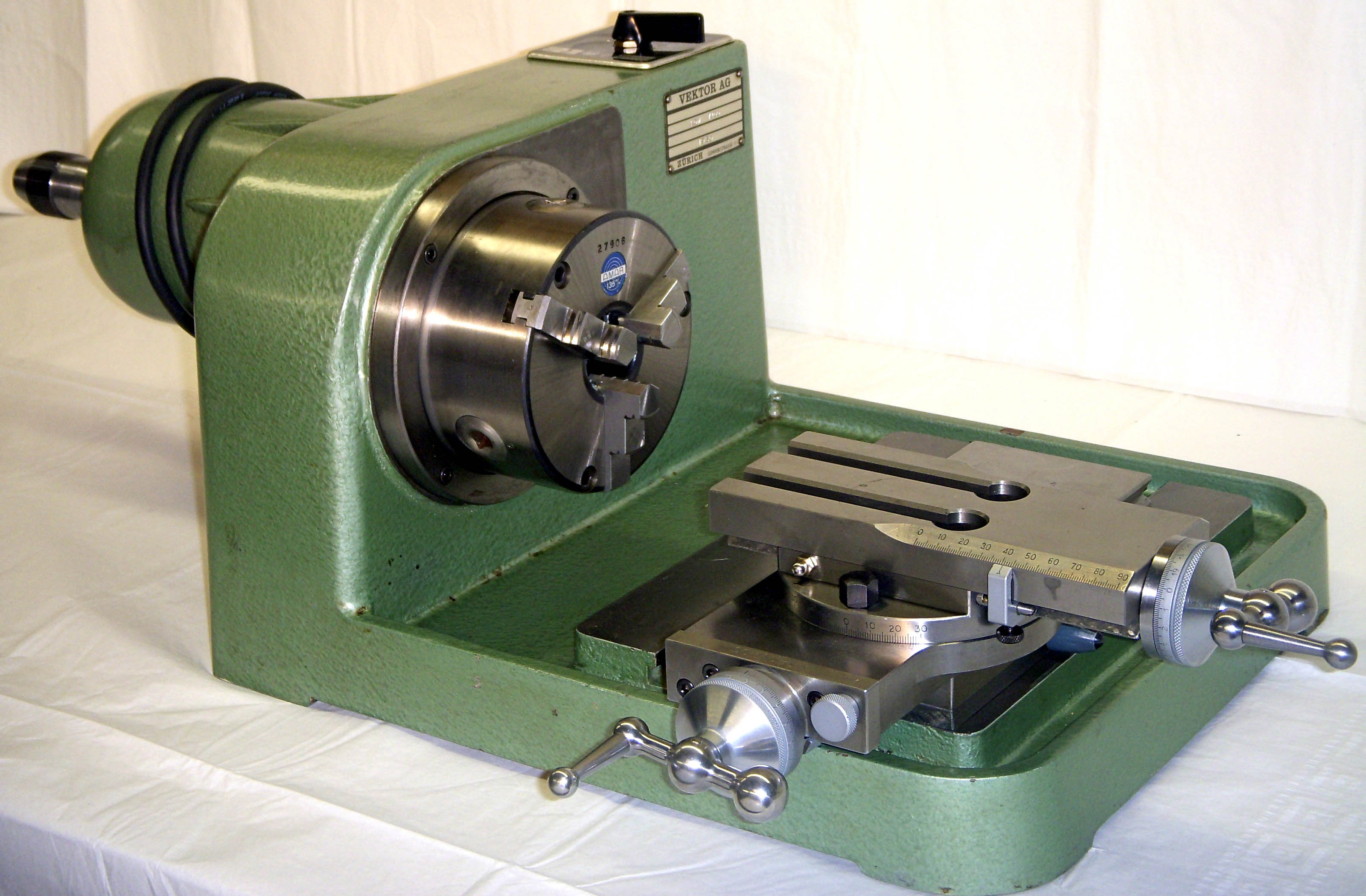

For example, if you record the Visible in renderer option for an object in a specific scene, but forget to record the same parameter for it (at whatever setting) in another take, when you switch to the un-keyed scene, the object will show up or not depending on the last active take. In the British system, cutting speed is expressed in feet per minute and diameter of the work in inches. In a lathe, it is the peripherical speed of the work past the cutting tool expressed in meters per minute. Objects that have been keyed in one take but not in another will transfer over their settings from the last active take. The cutting speed (v) of a tool is the speed at which the metal is removed by the tool from the workpiece. This can cause a bit of trouble if you key one parameter in one take but not in another. When a take is active, all animation keys you record stay with that take.Just highlighting the name of a take does not activate it (figure 3). In order to switch from one take to another, make sure to click on the checkmark-box to the left of the take name in the Takes manager.Also, in order to delete a take, just highlight it by clicking on it in the Takes manager and hit the Delete key.If you need one take to appear before another within the Takes manager, plan accordingly. Once you create a take, you can't change its stacking order in the Takes manager (new feature request here).In order to do so, Control-click (or Right-click) on the panel, and choose New Take in the pop-up menu that appears (figure 2). Third, you can create more than one take per file. Second, you can change the take's length (measured in seconds) by double-clicking on the number next to the take name in the Length column, and entering a number (decimals allowed). When this is done, you can then take the work out of the lathe. this will start to put the beginning of the thread inside neatly. with your right hand turn the chuck clockwise while turning the drill handle with your left hand the opposite way. First, if you double-click on a take name, you can enter a different name for it. Make sure the guard is up to ensure the machine doesn't turn on. In order to access takes, you need to switch to the Takes Manager, which is located by default in its own tab right next to the Object browser tag (figure 1). With the take manager you can record each of these animation into its own take.

These characters can perform various movements like running, jumping, kicking and so on. Another area where takes are very important is in the creation of animated characters for 3D games. For example if you have a big architectural model and you want to create several independent camera fly throughs of a building. The take manager is a very powerful tool when it come to creating independent animation takes or clips. Here is how takes are described in the Cheetah3D help files:

Each take can store animation keys (recorded positions and parameters) that make it possible to have different scenes from one single set of 3D objects in the same file. What are takes? Takes are like scenes of a movie. I've been wanting to write a simple tutorial on the basics of using Takes in Cheetah3D for a while.


 0 kommentar(er)
0 kommentar(er)
